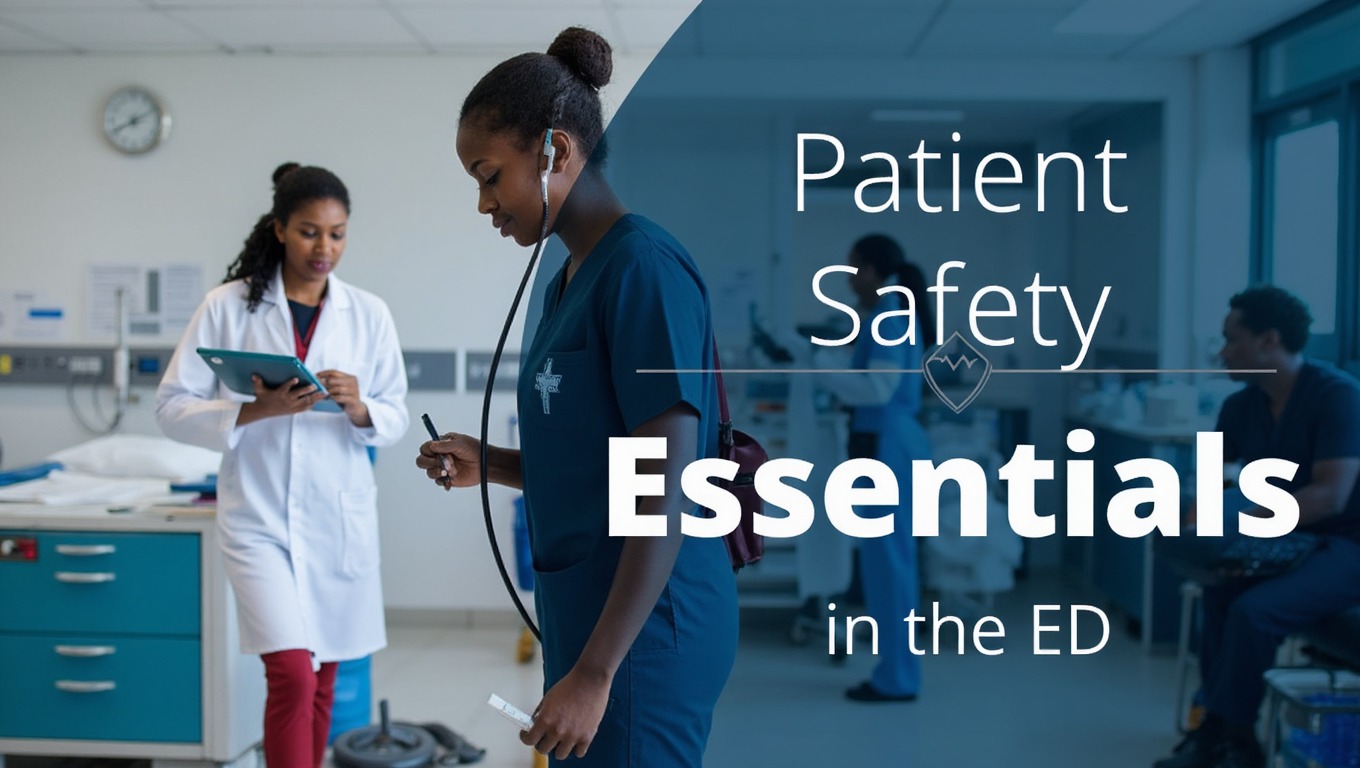
These are some Patient Safety Essentials that are not negotiable for every ED member.
- Accurate patient identification
- Safe medication practices
- Infection prevention and control (IPC)
- Effective communication (SBAR)
- Respectful patient-centered care
Tools and checklists to improve care
- Triage red flag checklist
- Standardized handover (SBAR) – Handover protocol
- Regular monitoring & documentation
- Incident reporting systems
- Medication Double Check SOP
- Infection Control Routine.
Check materials for samples

